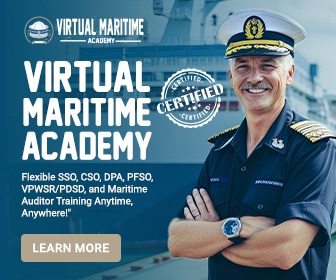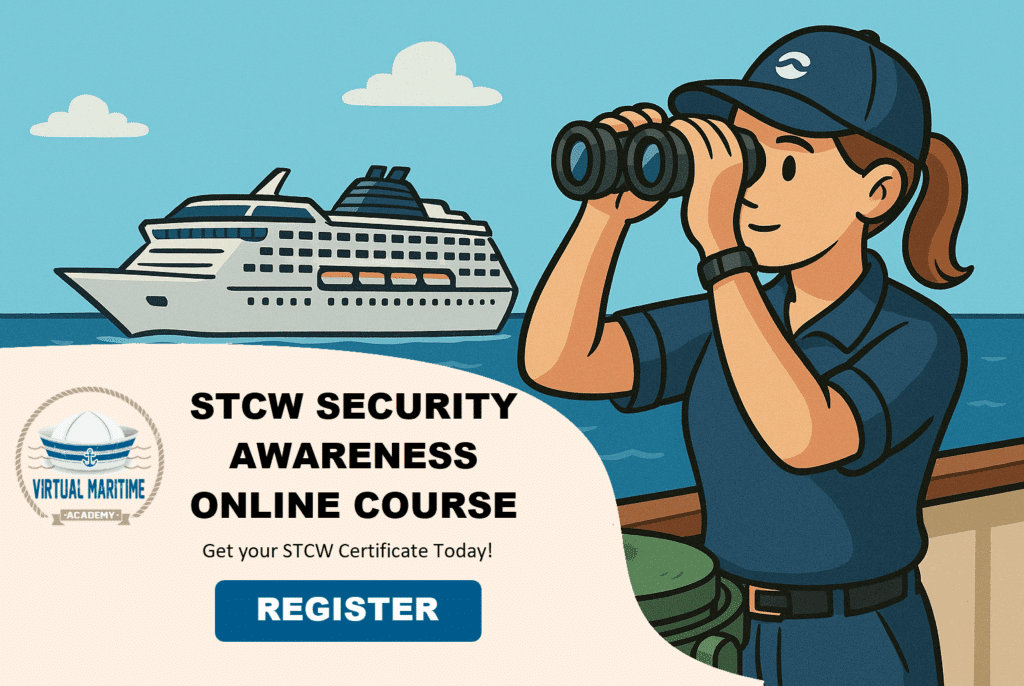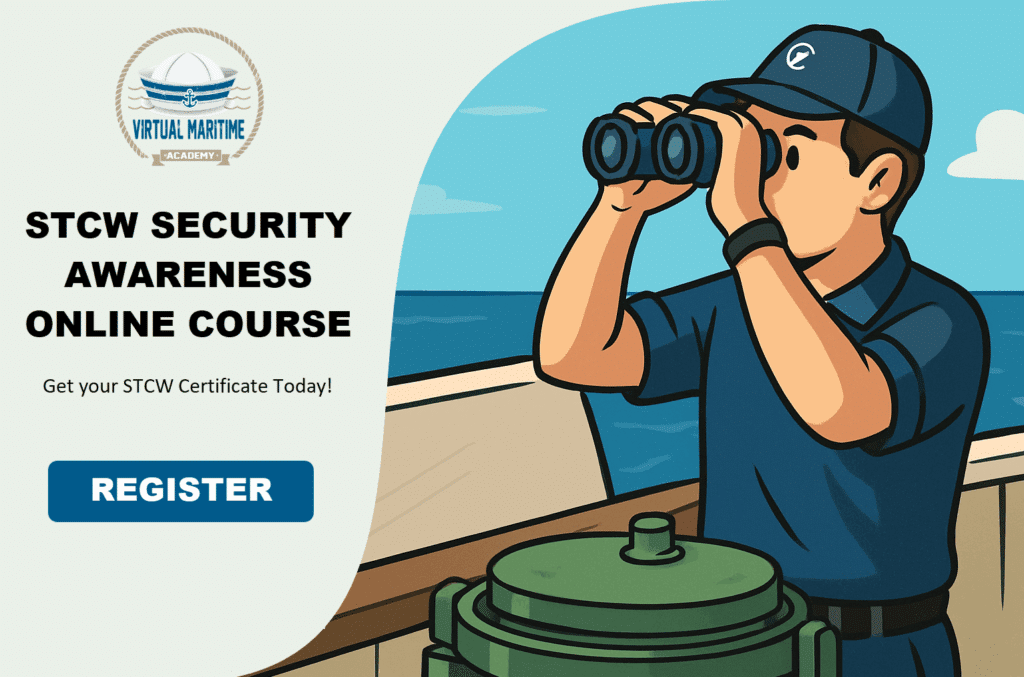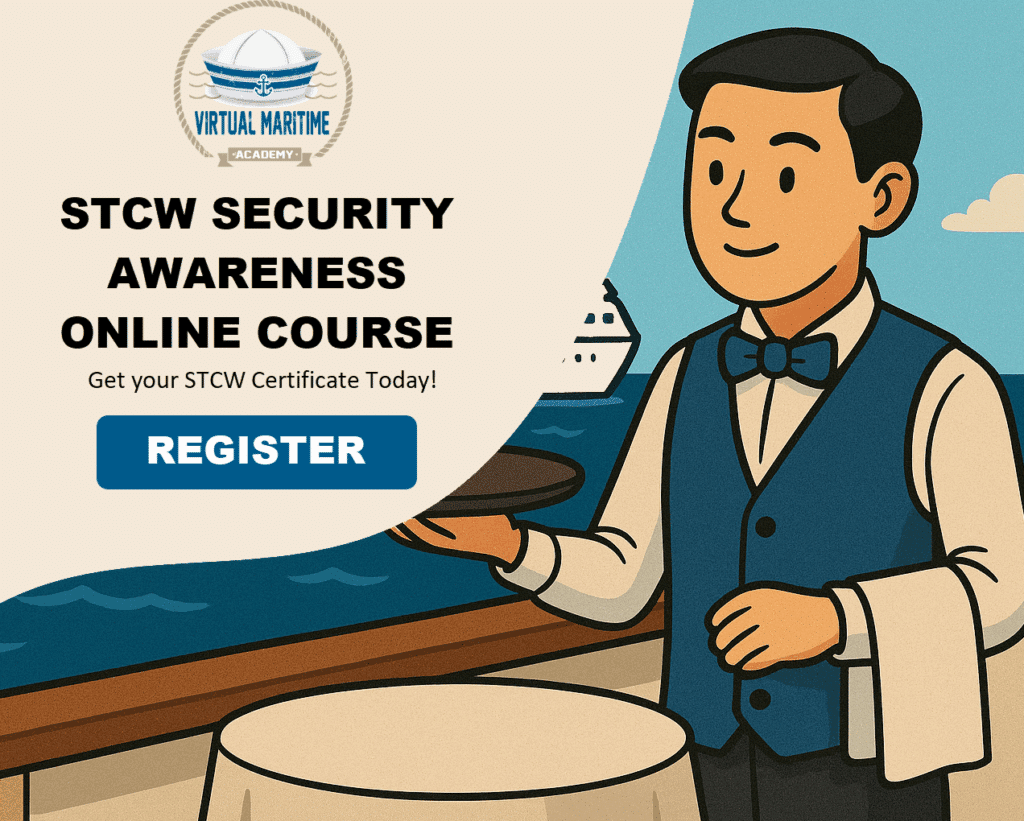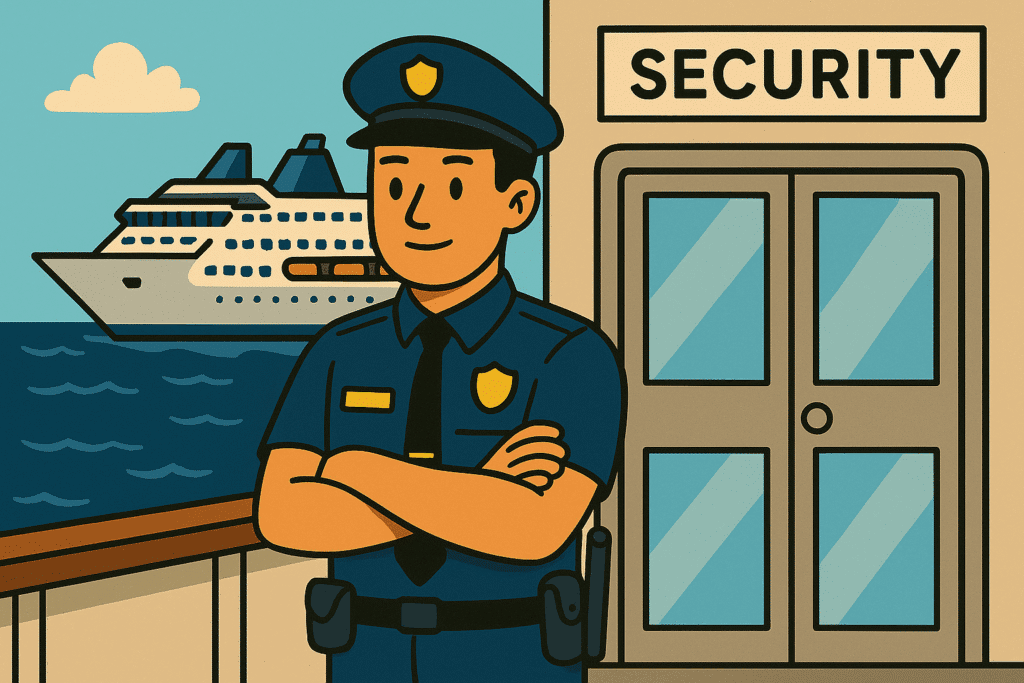The international maritime industry relies strongly on stringent safety and operational standards to ensure the welfare of its crew and the efficient running of its vessels. At the heart of these standards is the STCW Convention, a cornerstone framework established by the International Maritime Organization (IMO) that sets out globally recognized requirements for the training, certification, and watchkeeping of seafarers. For aspiring seafarers looking to build a robust maritime career, understanding and obtaining STCW certification is not just a regulatory requirement; it’s a crucial stepping stone toward professional competence and safety in one of the world’s most challenging environments.
The STCW Convention plays an essential role by standardizing the qualifications required for all seafarers around the globe, thereby reinforcing safety, reducing risks, and enhancing operational proficiency. These standards ensure that all seafarers, regardless of nationality, are trained uniformly in critical areas necessary for the safe and efficient conduct of maritime operations. Consequently, obtaining an STCW certification is more than a formality—it signifies a commitment to maintaining the highest maritime standards and showcases an individual’s preparedness to meet the dynamic demands of life at sea.
Aspiring seafarers embarking on their maritime career path must undergo several essential STCW courses that form the bedrock of their training. The Basic Safety Training (BST) program is a fundamental component, encompassing crucial areas such as personal survival techniques, fire prevention and firefighting, elementary first aid, and personal safety and social responsibilities. This course is designed to equip seafarers with the foundational skills needed for safety and survival in various onboard situations.
In addition to BST, the Advanced Fire Fighting course is a vital certification that teaches seafarers sophisticated firefighting techniques, leadership skills for emergency response, and the management of firefighting operations—skills that are critical for ensuring onboard safety. The Proficiency in Survival Craft and Rescue Boats (PSCRB) course further enhances a seafarer’s emergency readiness, providing them with the knowledge needed to launch and manage survival craft and rescue operations effectively.
Moreover, courses in Medical First Aid and Medical Care onboard ships are indispensable. These programs ensure that individuals can provide essential medical assistance in the event of injuries or medical emergencies at sea, where immediate professional medical help may not be available.
By completing these essential STCW courses, aspiring seafarers not only align themselves with globally recognized maritime standards but also significantly enhance their ability to contribute to safe and effective ship operations. This comprehensive overview of the top STCW courses underscores their importance in fostering a well-prepared, competent, and resilient maritime workforce.
Introduction to STCW and Its Importance in Maritime Careers
Explanation of the STCW Convention and Its Role in Global Maritime Standards
The Standards of Training, Certification, and Watchkeeping (STCW) Convention, established by the International Maritime Organization (IMO), is a comprehensive framework designed to ensure the highest level of competency among seafarers worldwide. The convention was first adopted in 1978 and has undergone several amendments, with the most noteworthy being the 1995 and 2010 amendments, which brought more stringent measures and updated standards to keep pace with modern maritime needs.
Fundamentally, the STCW Convention sets forth the minimum qualification standards for masters, officers, and watch personnel on seagoing merchant ships. It is a landmark treaty that harmonizes maritime education and training across the globe, making it easier for seafarers from different parts of the world to work on international vessels. The STCW regulations cover a broad range of topics including safety, pollution prevention, and competency in various operational tasks, ensuring that vessels operate safely and efficiently.
One of the pivotal roles of the STCW Convention in the global maritime industry is its emphasis on uniformity. Before the introduction of STCW, maritime training and certification standards varied significantly between countries, leading to inconsistencies and potential safety hazards. By standardizing practices, the STCW Convention helps to mitigate risks and enhance seamless cooperation among international crew members. This global standardization is crucial, as it fosters mutual recognition of qualifications and certifications, facilitating the mobility of seafarers and promoting career progression.
The Significance of Obtaining STCW Certification for Aspiring Seafarers
For anyone aspiring to pursue a career in the maritime industry, obtaining STCW certification is not just important but imperative. STCW certification serves as a testament to the holder’s knowledge, skill, and competence in various aspects of maritime operations. It is often the essential requirement for employment on any commercial vessel, be it a cargo ship, a passenger liner, an offshore rig, or any other type of seafaring vessel.
Firstly, having an STCW certification opens up a multitude of career opportunities. Whether it’s navigating the high seas as a deck officer, managing the engine room as an engineer, or ensuring passenger safety on a cruise ship, the STCW certification equips seafarers with the necessary skills to perform their duties effectively and safely. It also enhances employability, as shipping companies and maritime employers across the globe recognize and respect the STCW qualifications.
Moreover, STCW certification is a gateway to continuous professional development. The maritime industry is dynamic, with technological advancements and regulatory changes occurring regularly. The STCW Convention includes requirements for ongoing training and re-certification, ensuring that seafarers remain updated with the latest industry standards and practices. This not only helps in maintaining high safety and operational standards but also aids seafarers in keeping their skills relevant and marketable.
Another critical aspect is the emphasis on safety and emergency preparedness. The STCW courses cover a wide array of safety and emergency response procedures, from basic first aid to advanced firefighting techniques. Such training is indispensable for handling the array of challenging and potentially hazardous situations that can arise at sea. The ability to respond efficiently to emergencies can save lives and prevent damage to valuable assets and the marine environment. Hence, STCW certification is fundamental in cultivating a safety-conscious culture among seafarers.
In conclusion, the STCW Convention is a cornerstone of maritime training and certification, laying down the global standards for the competency and professionalism of seafarers. For aspiring maritime professionals, obtaining STCW certification is a critical step towards a successful and fulfilling career at sea, providing them with the essential skills, knowledge, and qualifications to excel in the maritime industry.
https://www.virtualmaritime.academy/vma-courses/
Essential STCW Courses for Aspiring Seafarers
When embarking on a maritime career, obtaining the right training is crucial not only for personal growth but also for ensuring the safety and well-being of everyone onboard. The Standards of Training, Certification, and Watchkeeping (STCW) Convention has laid down a comprehensive array of courses designed to equip seafarers with essential skills. Below are the key STCW courses aspiring seafarers should consider.
Basic Safety Training (BST) and Its Components
One of the foundational elements of STCW certification is Basic Safety Training (BST). This course is designed to provide seafarers with the basic knowledge and skills required to tackle emergencies that may arise at sea. BST is typically divided into four core modules:
- Personal Survival Techniques (PST): This module focuses on survival at sea in the event of abandonment. It includes the use of life-saving appliances, as well as techniques for surviving in the water, such as swimming and floating.
- Fire Prevention and Fire Fighting (FPFF): Seafarers learn about the causes of fire, fire prevention methods, and firefighting techniques. Practical exercises involve using fire extinguishers, hoses, and breathing apparatuses.
- Elementary First Aid (EFA): This component covers essential first aid skills, including CPR, wound treatment, and the handling of medical emergencies until professional help is available.
- Personal Safety and Social Responsibilities (PSSR): PSSR educates seafarers about safe working practices, accident prevention, and fostering a positive and cooperative work environment onboard.
Advanced Fire Fighting and Its Critical Skills for Onboard Safety
While Basic Safety Training provides an introduction to firefighting, the Advanced Fire Fighting (AFF) course dives deeper into this crucial aspect of maritime safety. This course is designed for more experienced seafarers who may take on leadership roles during fire emergencies. The key skills and components of AFF include:
- Leadership and Team Coordination: Trainees learn about the importance of effective communication and teamwork in managing fire emergencies. This includes role-playing scenarios where they lead firefighting operations.
- Advanced Firefighting Techniques: Instruction covers the use of complex firefighting equipment, fire suppression systems, and advanced strategies for extinguishing different types of fires.
- Control and Management of Fires: This involves decision-making exercises where seafarers assess fire hazards, implement control measures, and manage survival during onboard fires.
- Fire Investigation and Reporting: The course also educates seafarers on investigating the cause of fires and preparing detailed reports to prevent future incidents.
Proficiency in Survival Craft and Rescue Boats (PSCRB) for Emergency Preparedness
Proficiency in Survival Craft and Rescue Boats (PSCRB) is another critical STCW course that focuses on emergency preparedness. This certification is essential for seafarers responsible for launching, operating, and recovering survival craft and rescue boats during emergencies. Key aspects of the PSCRB course include:
- Launch and Recovery Procedures: Trainees learn how to safely launch and recover lifeboats and rescue boats under various conditions. This includes mastering davits, winches, and other launching mechanisms.
- Rescue Operations: Detailed training is provided on conducting rescue operations, including man-overboard exercises, securing survivors, and first aid administration.
- Operation of Survival Craft: The course covers the operation of survival craft equipment, including the use of oars, sails, and engines to navigate to safety.
- Sea Survival Techniques: Seafarers are taught survival techniques, such as rationing food and water, managing hypothermia, and maintaining morale while awaiting rescue.
Medical First Aid and Medical Care—Ensuring Health and Safety at Sea
Health emergencies can arise at any time during a voyage, and having trained personnel onboard can make a significant difference. STCW offers two escalating levels of medical training for seafarers: Medical First Aid and Medical Care. Both courses are vital for ensuring the health and safety of crew members and passengers.
Medical First Aid
This course provides the fundamental knowledge and skills needed to administer first aid in a maritime setting. Essential components include:
- Initial Assessment: Seafarers are trained to conduct quick and accurate assessments of injuries and illnesses to determine the appropriate first aid measures.
- Basic Life Support (BLS): The course teaches CPR and the use of automated external defibrillators (AEDs) to stabilize victims until additional medical help is available.
- Wound Care and Treatment: Instructions cover the management of cuts, burns, fractures, and other common injuries that may occur onboard.
- Emergency Medical Techniques: Trainees learn techniques such as bandaging, splinting, and administering oxygen to treat more severe injuries.
Medical Care
For those responsible for providing advanced medical care onboard, the Medical Care course offers more comprehensive training. It covers:
- Advanced Diagnostics: Seafarers are trained in conducting detailed medical assessments and diagnosing a range of conditions and injuries.
- Medication Administration: The course includes instructions on safely administering medications, including injections and intravenous (IV) therapy.
- Telemedical Assistance Services (TMAS): Trainees learn how to effectively communicate with shore-based medical professionals to receive guidance and support during medical emergencies.
- Managing Medical Logs and Records: Proper documentation of medical care and treatment is emphasized to ensure continuity and compliance with maritime regulations.
By mastering these essential STCW courses, aspiring seafarers can significantly enhance their preparedness and confidence as they embark on their maritime careers. These courses not only meet regulatory requirements but also instill a sense of responsibility and readiness that is crucial for the safety and efficiency of maritime operations.
In conclusion, the STCW Convention serves as a cornerstone in establishing global maritime standards, ensuring that seafarers possess the necessary skills and knowledge to perform their duties safely and effectively. For aspiring seafarers, obtaining STCW certification is not merely a regulatory requirement but a vital stepping stone towards a successful maritime career.
The essential STCW courses provide comprehensive training that covers critical aspects of onboard safety and emergency response. The Basic Safety Training (BST) equips seafarers with fundamental safety practices, while the Advanced Fire Fighting course is pivotal in honing skills to manage and combat fire emergencies effectively. The Proficiency in Survival Craft and Rescue Boats (PSCRB) course prepares seafarers for the worst-case scenarios, emphasizing the importance of readiness and competence in crisis situations. Additionally, the Medical First Aid and Medical Care training ensures that seafarers can address medical emergencies with confidence, contributing to the overall health and safety of all onboard.
Investing time and effort in completing these courses not only fulfills international requirements but also fortifies the individual capability of seafarers, enhancing their career prospects and contributing to safer seas. As the maritime industry continues to evolve, the ongoing relevance of STCW certification remains paramount, ensuring that all maritime professionals are well-prepared to meet the challenges and responsibilities of life at sea.


